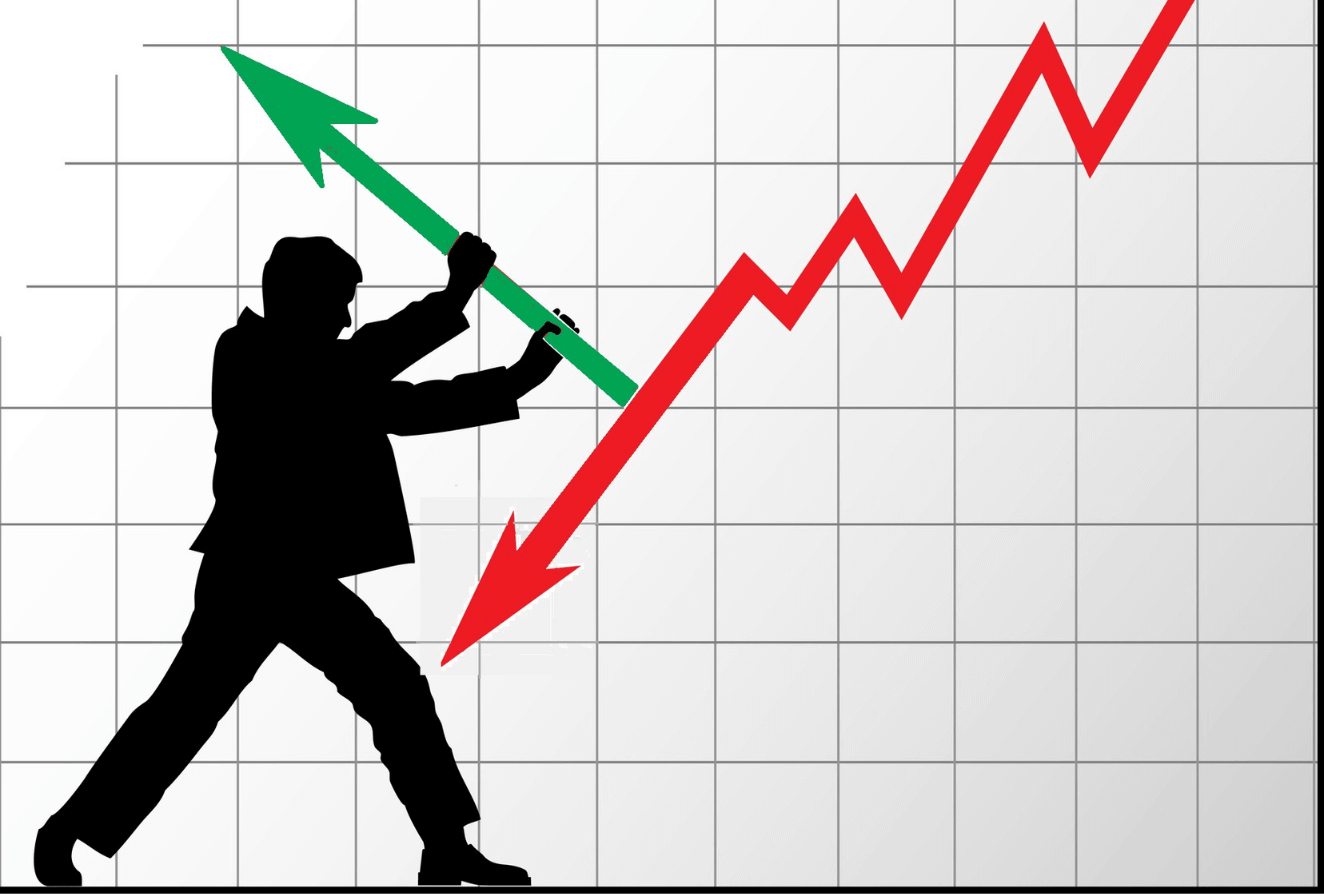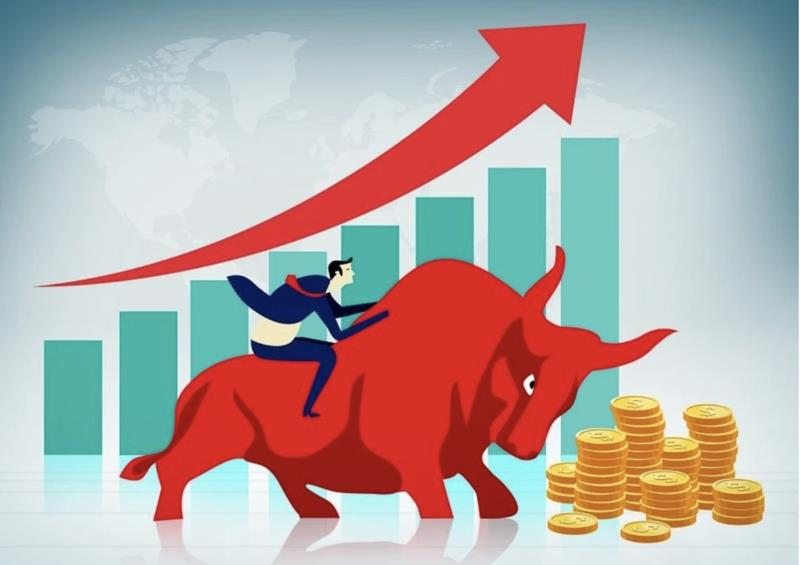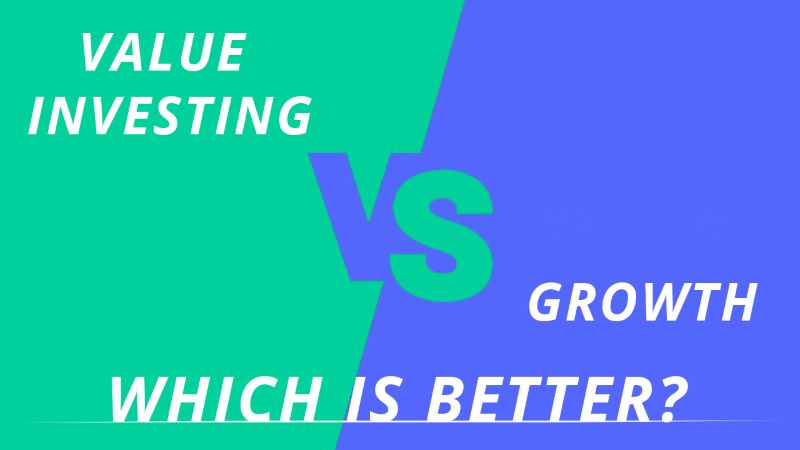What triggers a stock market recovery? Sometimes, it feels like a million-dollar mystery. But it’s not all cloak and dagger. Think of the market as a giant machine. It gets jammed. But it can also be fixed. We’ve got tools, signals, and experts buzzing around, each playing a part in a grand turnaround. I’ll pull back the curtain on the not-so-secret levers: central bank hacks, government boosts, and sneaky signals from the economy. Then, there’s the mood on the street. It can make or break the deal. Let’s dive into the nuts and bolts of a comeback.
The Role of Central Bank Policies in Stock Market Recoveries
Interest Rate Cuts: A Double-Edged Sword
When markets fall, investors ask, “What can fix this?” Often, the answer lies with the central bank. They cut interest rates, making loans cheaper. This move can jump-start spending and investing. But there’s a catch. Too many cuts could lead to less saving. This means people might not have enough cash if things go bad again.
Quantitative Easing and Investor Confidence
Another fix is called quantitative easing, or QE for short. This is when the central bank buys lots of assets, like government bonds. This pumps money into the economy. Banks get cash they can lend to people and businesses. This can help growth. When investors see QE, they often think the economy will get better. This boost in investor confidence can spark a market rebound.
When central banks step in, it’s like they’re giving medicine to the economy. Interest rate cuts are like allergy meds, helping right away but not a cure-all. QE is like vitamins, making things better slowly over time. Both can lead to a stock market comeback if used well.
Assessing the Impact of Fiscal Stimulus and Government Interventions
Fiscal Stimulus as a Key Ingredient for Recovery
When times get tough, everyone looks for a hero. In the stock market, that hero can often be fiscal stimulus. Can it really kickstart a recovery? Yes, it can. Fiscal stimulus means the government spends more or cuts taxes. This puts more money in people’s pockets. And when folks have more cash, they tend to spend it. This spending fuels businesses, and in turn, they grow and hire more people.
But can spending alone fix the economy? No, it’s part of a larger puzzle. It’s like planting seeds in a garden. You need good soil too, like a stable market. You also need water, like loans that are easy to get. All these work together to make the market bloom again.
The Ripple Effects of Financial Stability Policies
Money must flow smoothly for a market to thrive. This flow is like a river that feeds life along its banks. Financial stability policies work to clear any blockages. They ensure banks are strong and can lend money. They also watch over markets to stop any dangerous bets that could cause trouble.
What happens when these policies give good results? Confidence grows. With trust, investors dive back in, buying stocks. Businesses get the money they need to expand. Jobs come back, and the economy breathes easier. This all feeds into a stronger stock market.
Now, let’s take a look at government bailouts. Sure, they can be life-savers for big companies in trouble. But do they always bring markets back up? Not by themselves. Think of a bailout like a cast for a broken bone. It helps, but the bone still needs time to heal. The same goes for the market. A bailout is a start, but the market needs more time to heal and grow strong again.
Let’s talk about government’s role in a way that makes sense. Imagine you are running a lemonade stand. If no one comes to buy, you won’t make money. Now, if the government steps in, giving people money to spend, they might buy your lemonade. If your stand does well, you might even hire your friend to help out. So, when the government helps, it can lead to more jobs and a happier neighborhood.
In conclusion, when we talk about fiscal stimulus and government action, we’re looking at tools to rebuild the market from the ground up. They help lay the foundation for a recovery. But like any good repair job, it needs the right tools and the right people. And let’s not forget time and patience. If one part is missing, the whole fix might come apart. So, folks in charge need to think hard about the moves they make. They hold the key to turn a market crash into a fresh start.
Economic Indicators as Precursors to Market Turnarounds
Employment Rates: The Ties to Stock Market Performance
When we talk about the stock market bouncing back, jobs play a huge part. More jobs mean more cash in people’s hands. And when folks have cash, they spend it. This is good for companies. This spending can lead to a stock market rebound. So, high employment rates often lead to a market jump.
Jobs matter a lot for stocks. When people work, they buy things. This helps companies grow. And when companies do well, their stock prices often rise. This is why watching jobs data matters. It gives clues about where the stock market might head next.
Inflation and PMI: Deciphering the Signals
Now let’s talk about how less inflation can help stocks climb. When prices don’t rise too fast, your cash is worth more. You can buy more stuff. Companies see this and can plan ahead without worry. They can make more goods, hire more folks, and earn more cash. This is a sign for a stock market that’s ready to grow.
The PMI, or the Purchasing Managers’ Index, is also key. It shows if companies are doing well or not. A high PMI means companies are strong. It tells us that factories are busy making products. When the PMI is up, it usually means good news for the stock market.
Less inflation means you can buy more with your money. Companies can make better plans. This is good for the market. A high PMI is a sign that factories are busy. This also means good things for stocks. These are clues we look at to see if the market will go up.
Analyzing Market Sentiments and Valuations
The Influence of Corporate Earnings on Equity Valuations
When a company makes more money than before, its stock price often goes up. This happens because earnings are like a report card for a business. If a report card is good, people want to buy more of that company’s stock. This means more demand for the stock and a higher price. For example, if Apple sells more iPhones, its earnings go up. When that happens, people think Apple is a good choice to invest in. So, lots of people might buy Apple stock, and the price will go up.
It’s not just about one company though. When lots of companies are doing well, it can help the stock market get better after a crash. It’s like a team sport—when many players score, the team does well. Stock market experts look at earnings to see if the whole market might start to bounce back.
Investor Sentiment and Market Liquidity Dynamics
Let’s talk about feelings for a second—how investors feel really matters in the stock market. When investors are hopeful, they are ready to buy stocks. And when they want to buy, it’s easy to find someone to sell to. This is what we call market liquidity—stocks can be bought and sold fast.
But why do feelings change? Sometimes news or rumors can make everyone worry or excited about the future. If the news is good, like when a vaccine comes out, people might think, “Great, things will get better!” Then they feel more daring and buy stocks.
And here’s a fun fact—when the market has been down and it starts to go up, people often jump in before they miss out. We call this “fear of missing out,” or FOMO. It can make more people buy stocks. This can help the market recover even more. So, good news can spread and make a lot of people feel excited to buy stocks again.
So, to wrap up, when companies earn more money, their stocks are seen as more valuable. And when folks feel good about the future, they’re more likely to trade stocks. Both of these things can help the stock market to start getting better again. Remember, money and feelings both can turn the market around!
In this blog post, we’ve explored how central banks shape stock market recoveries. We saw that cutting interest rates can boost or harm the economy. We also looked at how creating more money can build trust in the market.
We then dug into how government actions like fiscal stimulus bring growth and how policies for financial stability spread through the economy.
Next, we talked about how job numbers connect to stocks and how inflation and purchasing info send hints about market turns.
Finally, we checked how company profits affect stock value and how the mood among investors changes market flow.
My final thoughts? These forces all mix to move stocks. Smart investors keep an eye on them to make wise choices. Keep learning about these signs, and you’ll get better at seeing where the market might go next!
Q&A :
What factors can stimulate a stock market recovery?
Economic recoveries are often driven by a combination of investor confidence, stimulative monetary policy from central banks, fiscal stimulus measures from governments, and improvements in underlying economic indicators such as employment rates, manufacturing data, and corporate earnings. Positive developments in these areas can signal to investors that the economy is on the mend, encouraging them to invest more actively in the stock markets.
What role does investor sentiment play in triggering a stock market recovery?
Investor sentiment plays a significant role in the stock market as it reflects the overall attitude of traders and investors towards the market conditions. Optimism or pessimism can drive market trends. A positive shift in sentiment can occur due to favorable news, stronger economic data, or easing of negative factors such as geopolitical tensions, leading to buying pressure that can trigger a market recovery.
How does government intervention contribute to stock market recovery?
Government intervention can be crucial in spurring a stock market recovery, typically through fiscal stimulus, such as tax cuts and increased public spending, and bailouts for struggling industries. These measures aim to boost economic activity by increasing liquidity in the market, improving consumer spending, and supporting businesses, thereby instilling confidence among investors.
Can a stock market recovery occur during economic uncertainty?
Yes, a stock market recovery can sometimes begin even amid economic uncertainty. Markets tend to be forward-looking and may react positively to any indicators or policies that suggest future economic improvement. Furthermore, stock prices might have already factored in the worst-case scenario, and any subsequent news that suggests the situation might not be as bad as expected could trigger a rebound.
What is the impact of central bank policies on stock market recovery?
Central bank policies, such as lowering interest rates or implementing quantitative easing, can have a significant impact on stock market recovery. Such actions increase the money supply and reduce the cost of borrowing, encouraging investment and spending. When central banks signal support for the economy, it can boost investor confidence and lead to increased stock market activity, aiding recovery.






